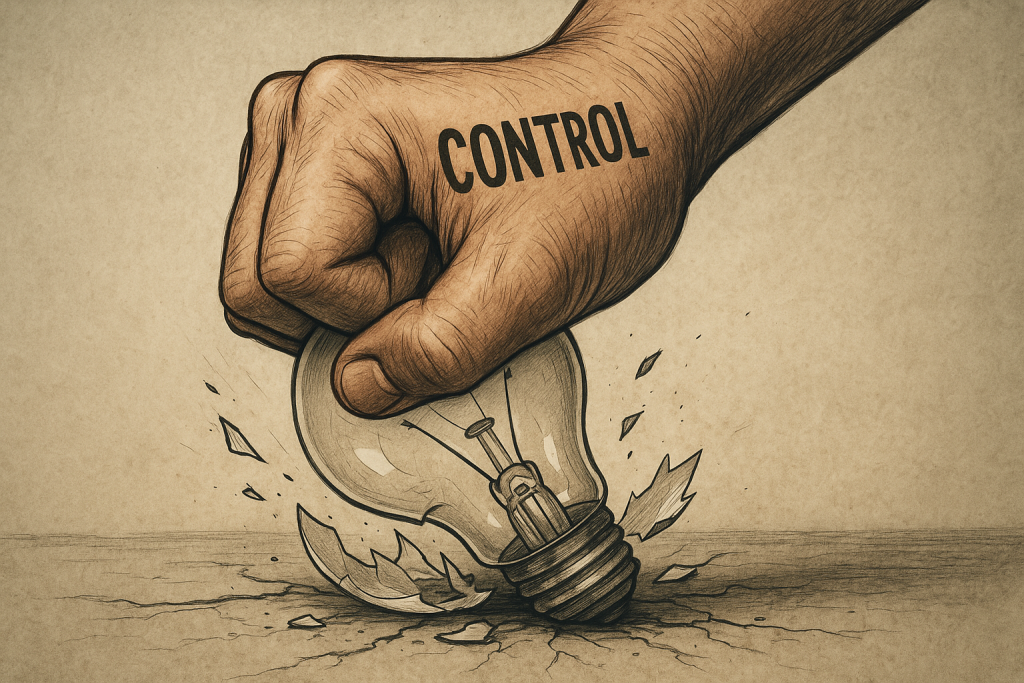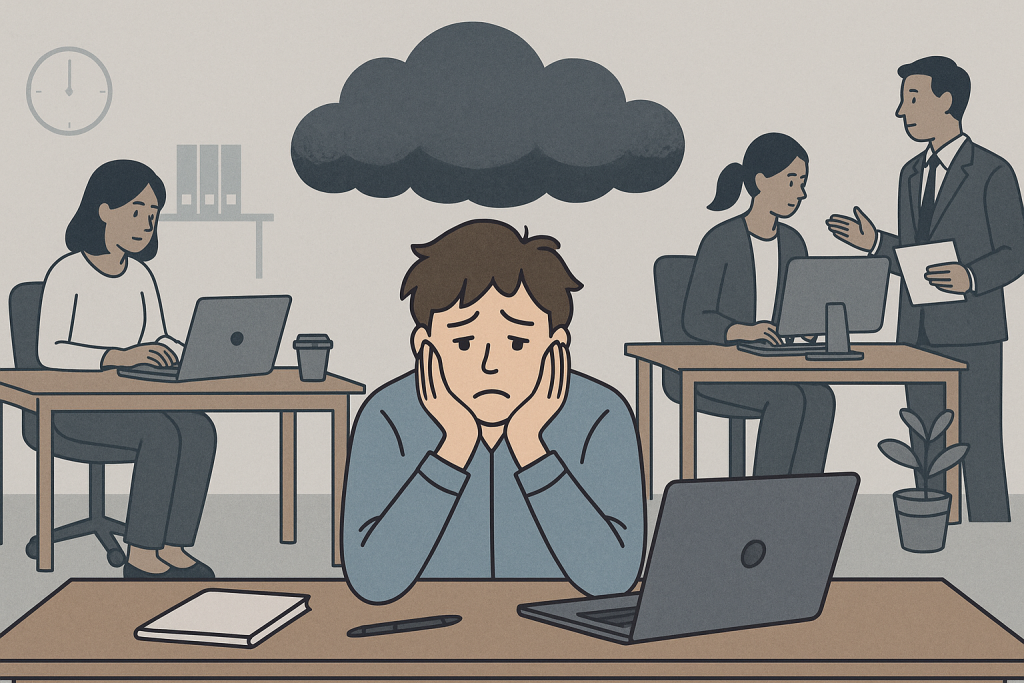Micromanagement—defined as excessive control or attention to minor details by a manager—often stems from a desire to ensure perfection or avoid failure. But the cost of micromanaging is far greater than managers may realize. According to a survey by Trinity Solutions, 79% of employees have experienced micromanagement, and of those, 69% considered changing jobs, while 36% actually did.
The need to “manage every detail” not only undermines team trust but also has a direct negative impact on productivity, morale, and innovation. In this blog, we’ll break down seven critical reasons micromanagement kills productivity—and offer actionable solutions for leaders to adopt a more empowering management style.

1. It Erodes Trust and Autonomy
Micromanagement signals that managers don’t trust their team members’ judgment or abilities. This lack of trust leads to employees second-guessing themselves, hesitating on decisions, and becoming overly reliant on managerial approval.
Why It Hurts Productivity:
- Constant oversight kills initiative.
- Employees stop taking ownership of tasks.
- Workflow slows due to the need for constant approvals.
How to Fix It:
- Set clear goals and outcomes, then give employees autonomy over how they achieve them.
- Replace daily status checks with weekly one-on-ones focused on support and feedback.
- Acknowledge and reward independent problem-solving.
“Trust is the highest form of human motivation. It brings out the very best in people.” — Stephen R. Covey
2. It Stifles Creativity and Innovation

When employees are constantly being told how to do things, they lose the freedom to experiment, take risks, or offer new ideas. This stifling environment discourages creative thinking.
Why It Hurts Productivity:
- Innovation stalls when workers aren’t allowed to deviate from rigid processes.
- Team members don’t feel safe suggesting new ideas.
- Organizational progress slows in the long run.
How to Fix It:
- Create “safe-to-fail” zones for experimentation.
- Encourage brainstorming sessions without judgment.
- Accept mistakes as part of the creative process.
3. It Increases Employee Turnover
Micromanagement is one of the top contributors to employee dissatisfaction and burnout. A 2018 survey by Comparably found that “micromanaging” is one of the worst traits a boss can have.
Why It Hurts Productivity:
- High turnover leads to recruitment, onboarding costs, and productivity loss.
- Disengaged employees contribute less and may spread negativity.
How to Fix It:
- Solicit anonymous feedback about management styles and act on it.
- Give employees a voice in decision-making processes.
- Offer career development opportunities to signal trust and investment.
4. It Reduces Efficiency and Time Management
Micromanagers spend excessive time supervising tasks instead of focusing on strategic planning. Simultaneously, employees waste time creating detailed reports instead of completing core work.
Why It Hurts Productivity:
- Duplicated effort due to over-reporting.
- Bottlenecks in approval processes.
- Managers stretched too thin to lead effectively.
How to Fix It:
- Use collaborative tools (e.g., Asana, Trello) to track progress transparently without constant check-ins.
- Implement outcome-based KPIs instead of task-based micromanagement.
- Encourage employees to own task timelines.
5. It Damages Morale and Engagement

Micromanagement leads to an emotionally draining environment where employees feel undervalued and infantilized. Over time, this saps enthusiasm and commitment.
Why It Hurts Productivity:
- Low morale leads to absenteeism and presenteeism (being physically present but mentally disengaged).
- A disengaged team underperforms regardless of talent.
How to Fix It:
- Show appreciation for results, not just process.
- Allow team members to showcase their strengths in meaningful ways.
- Practice empathetic leadership—listen more, dictate less.
6. It Creates Dependency and Prevents Skill Development
Employees in micromanaged environments often become hesitant to act without direction. Over time, they lose confidence and fail to develop crucial decision-making or leadership skills.
Why It Hurts Productivity:
- The team becomes less self-sufficient.
- Managers have to intervene constantly, even on minor issues.
- Organizational agility suffers.
How to Fix It:
- Assign decision-making responsibilities with appropriate risk levels.
- Invest in training programs and mentoring.
- Encourage employees to present solutions—not just problems.
7. It Leads to Manager Burnout
Micromanagers often overextend themselves trying to maintain control over every aspect of a project. This leads to stress, fatigue, and eventually poor leadership quality.
Why It Hurts Productivity:
- A burned-out manager cannot effectively guide, motivate, or support a team.
- Strategic priorities take a backseat to operational firefighting.
How to Fix It:
- Delegate with intention—match tasks to skill levels and trust in execution.
- Practice time-blocking and prioritize deep work over constant supervision.
- Step back and evaluate: Is this input really necessary?
Conclusion: Shift from Control to Empowerment
Micromanagement is rarely about the team—it’s usually about the manager’s own fears. But in today’s fast-paced and flexible work environments, micromanagement is not just outdated—it’s destructive. Shifting to a leadership model rooted in trust, accountability, and open communication is essential for productivity and long-term growth.
By learning to let go, managers create room for their teams to thrive. The results? Increased efficiency, stronger morale, better retention—and yes, far greater productivity.





